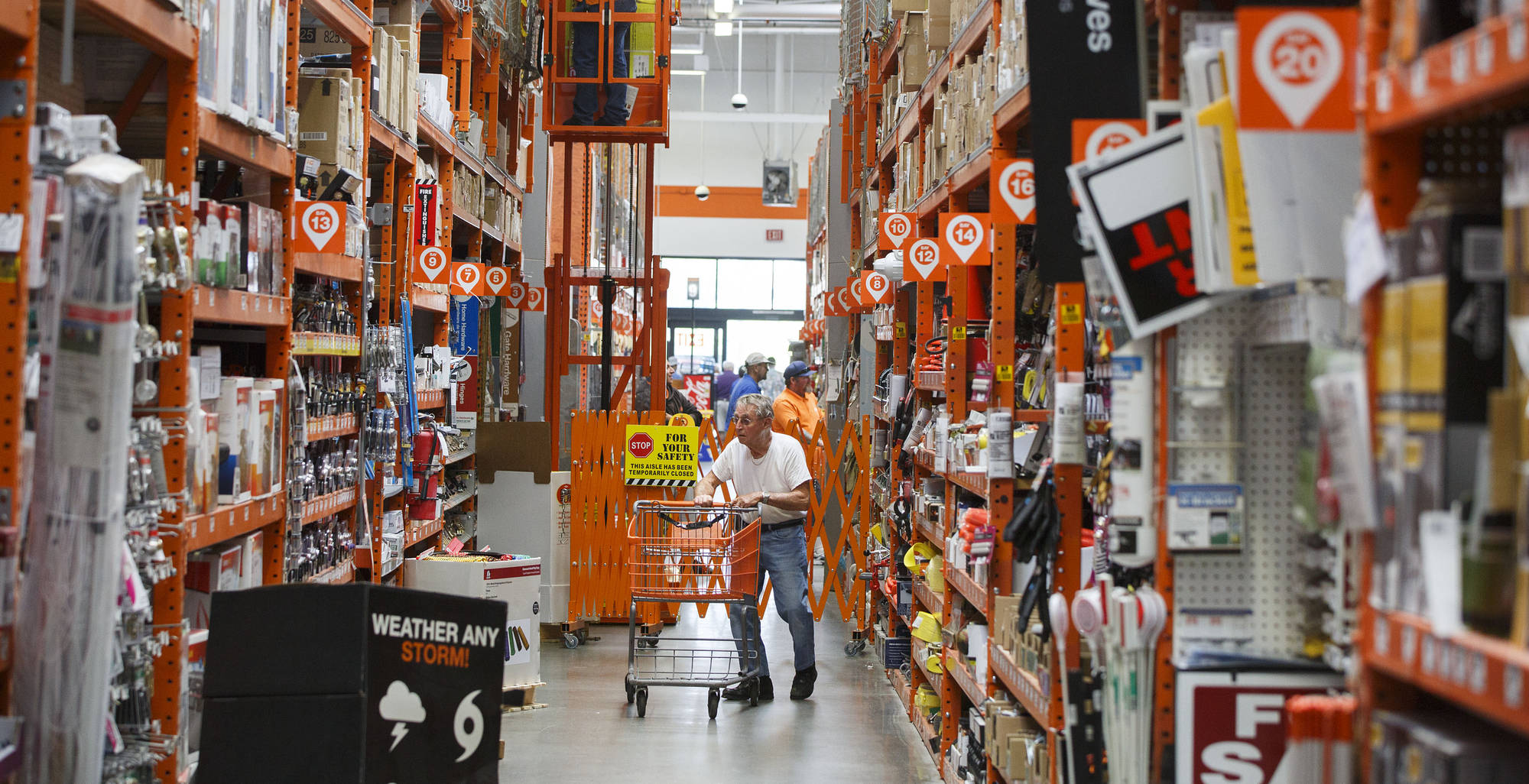
Online orders ship directly from a supplier’s warehouse, reducing spending on inventory.
A growing number of retailers are relying on suppliers to ship online orders directly to customers, a strategy they hope will help them compete with e-commerce rivals without spending more on inventory.
The practice, known as drop shipping, lets retailers offer more products for sale on their websites – such as multiple colors of the same sweater – without having to keep those items in stock. Instead, merchandise ships directly from the supplier’s warehouse.
Some analysts predict drop shipping will hit the mainstream this year, as consumers spend more online and less in stores. Home goods seller Pier 1 Imports Inc. and footwear chain Shoe Carnival Inc. are among the retailers that in recent months said they would begin using drop shipping to expand their online offerings. In a retail industry survey by supply chain software vendor SPS Commerce Inc., 40% of respondents said they expect more drop-ship vendors in 2017.
That could be a boon for logistics companies, which are often called on by small suppliers and manufacturers to take on inventory management, shipping and other tasks formerly handled by retailers.
“The [supplier] gets the audience, the retailer gets the sales,” said Josh Miller, vice president of business development at CTL Global Inc., a logistics company that handles fulfillment for manufacturers and retailers.
Drop shipping accounts for about 20% of CTL’s revenue, compared with 5% five years ago, Mr. Miller said.
In the SPS survey, half of the logistics firms polled predicted that drop shipping would account for more than a quarter of their sales within the next three years, up from 30% today.
Early drop shipping adopters include Macy’s Inc. and Home Depot Inc., which have used the practice to broaden their online assortments and sell bulky items, such as appliances that take up large amounts of space in stores and warehouses.
The downside: Retailers must hand control over key parts of their supply chains to third parties, including inventory management and shipping. But they are usually still on the hook with customers when an order goes wrong because emails that track an online order’s shipping progress and packing slips typically appear to come from the retailer.
“It’s a big trust issue,” said Nikki Baird, managing partner at research firm Retail Systems Research LLC, which conducted the survey for SPS. “Heavy, bulky things are better to shop from the supplier. But the problem is that they retailer then doesn’t have control or visibility as to how the process is going.”
Many traditional retailers are willing to take those risks as more people shop online. Spending at e-commerce retailers rose 11% in 2016 compared with 2015 but fell nearly 6% are department stores, according to advance estimates of U.S. retail sales from the Commerce Department.
Retailers “are looking at Amazon and saying I may miss an opportunity,” said Irv Grossman, executive vice president at consulting firm Chainalytics. “They’re concerned about market share.”
Managing capacity as drop-ship order ebb and flow could pose a challenge for logistics companies. For example, shipping companies might have to lease trucks to maintain capacity, said Cathy Morrow Roberson, head analyst at market research firm Logistics Trends and Insights LLC.
Returns also run the risk of turning suppliers into rivals by sharing customer data. More manufacturers are ramping up their own e-commerce operations, bypassing the middleman to sell directly to consumers.
The practice also costs more than buying items wholesale, because logistics and delivery get baked into the price. For instance, one retail client negotiated a deal to sell a product via drop ship for $59, a price that included the cost of logistics, said Frank Layo, a retail strategist at the consulting firm Kurt Salmon.
The retailer’s promotions team wasn’t aware of that, and “put it on sale for $49 on the front of the webpage, on Black Friday,” Mr. Layo said. “So it cost them $10 each sale.
Source: The Wall Street Journal
